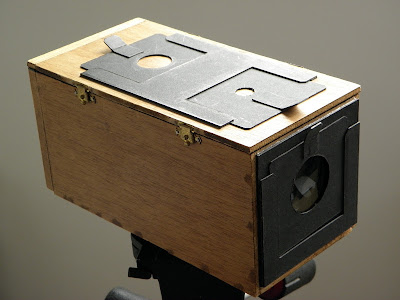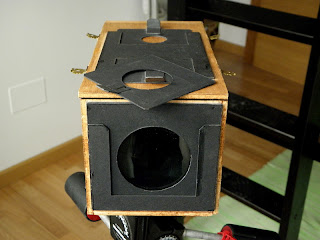He aquí un medio de comunicación e interacción, una base de datos y almacén de documentos para alumnos de 1º de E.S.O. que estudian Educación Plástica y Visual en un ámbito bilingüe (idioma inglés). Autor y gestor: Carlos A. Torres Velasco (Santander, España).
Fase transitoria (o "en construcción")
Será éste, algún día, un Blog sobre la enseñanza de la asignatura de Educación Plástica y Visual en un entorno bilingüe, con el idioma inglés como "herramienta" fundamental. Se trata, a día de hoy (7 de septiembre de 2011), de un trabajo en curso (a work in progress): por el momento, sólo puedo pediros disculpas por no ofrecer una entidad completa y coherente. Pretendo solventarlo poco a poco; con ilusión, algo de imaginación y mucho trabajo.
Ojalá que termine por ser útil, entretenido, didáctico, variado, participativo y versátil... De momento, nada más. Gracias, de antemano, a todos aquéllos que se interesen por su desarrollo, o se sirvan, de un modo u otro, de los contenidos de este "experimento".
viernes, 23 de marzo de 2012
This is COMIC(AL)
Peeping around the corner
http://www.engadget.com/2012/03/21/mit-laser-camera-corner-light/
lunes, 19 de marzo de 2012
The latest (& II)
domingo, 18 de marzo de 2012
The latest (I)
miércoles, 14 de marzo de 2012
MOEBIUS (Jean Giraud)
These days, when some sort of silence is needed more than ever (when, actually, silence is back... see "The Artist"), those Moebius frames, those limpid, airy and enigmatic wordless frames, should be "compulsory" for us all to look at, once in a while: just a few minutes, each and every day, to help us dream... He left us just a few days ago. May he rest in peace.
martes, 6 de marzo de 2012
THE CAMERA OBSCURA
May I introduce you to my own hand-made camera osbscura?... You will discover how simple it is: nothing but a wooden box with a lid on the top of it, a very cheap biconvex lens and, opposite this, a movable frosted glass; and the glass must be movable in order to set three different focuses (from a few meters to the infinite). The interior of the box is painted in black.
As you can see in these photographs, you can manually change the diaphragm, so the light coming into the box increases or diminishes, depending on the diameter of the "pupil".
There is a nut (see meaning #2) under the camera in order to screw it on top of a tripod.
The images on the frosted glass are inverted (upside down), and the same phenomenon happens inside your eyes, on both retinae. Amazing!, isn´t it?...
Algunas preguntas en español:
- - ¿Cómo se dice profundidad de campo en inglés?
- - ¿Qué es la profundidad de campo en óptica y fotografía? (try to find out)
- - ¿De qué manera podremos modificar la profundidad de campo de una imagen? ¿Tiene algo que ver el diafragma -el iris- de la cámara con ello?
- - ¿Cuál es el plural de retina en inglés? ¿Por qué crees que es ésa palabra, precisamente?; ¿de dónde procede?...
- - ¿Cuál es la "retina" de esta cámara oscura?
- - ¿Funciona el ojo igual que una cámara oscura? Justifica tu respuesta
- - ¿Qué es un frosted glass?
- - ¿Cuál es el procedimiento para enfocar la cámara a diferentes distancias?
- - ¿Por qué crees que la cámara está pintada de negro en su interior?
jueves, 1 de marzo de 2012
Estudios
http://www.abc.es/20120301/ciencia/abci-estudio-colores-201203011628.html




























